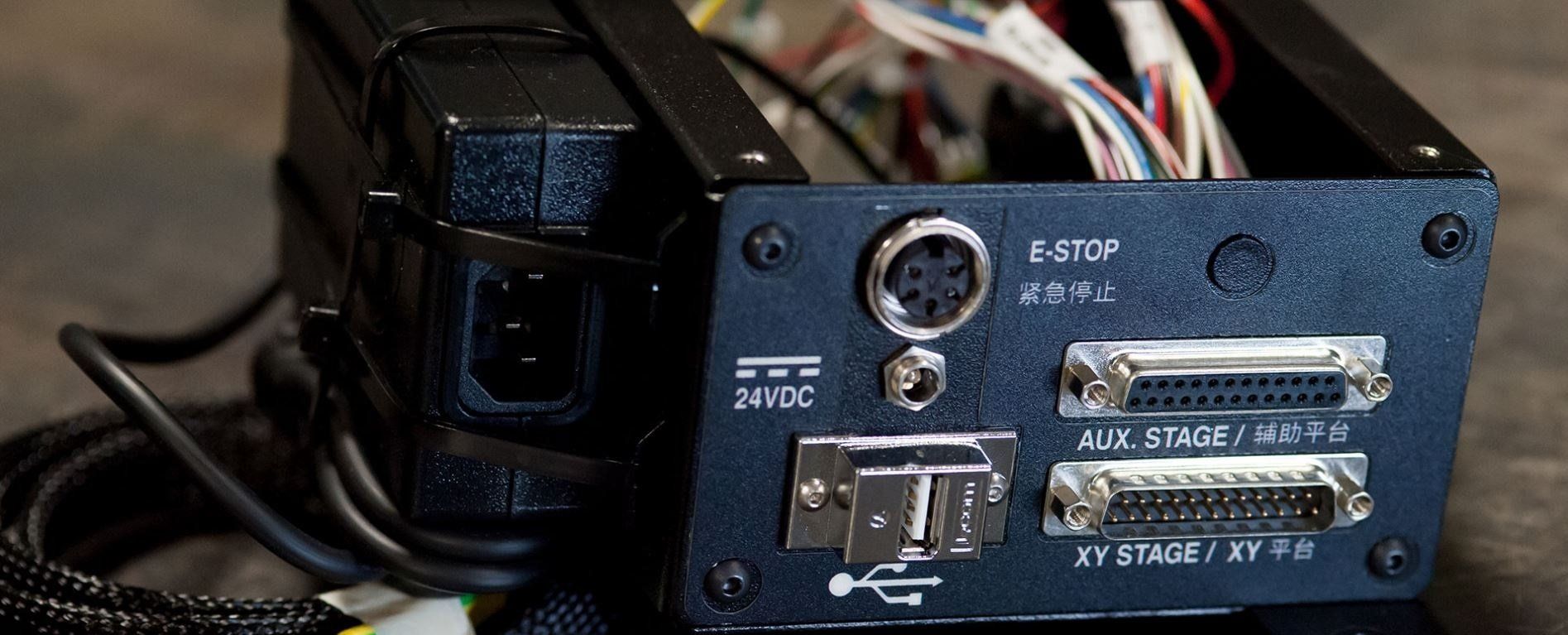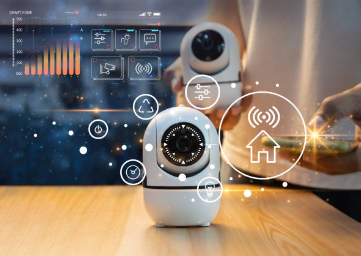
Slide title
Write your caption hereButton
Slide title
Write your caption hereButton
Slide title
Write your caption hereButton
Slide title
Write your caption hereButton
Slide title
Write your caption hereButton
Thermostats, thermoregulators, thermal fuses, thermal protection
Thermostats, thermoregulator or thermal fuses are temperature dependent devices, switch dependent, heating or cooling devices that resets when the temperature reaches the prescribed threshold. They provide protection for the equipment that dissipate considerable amount of heat from the surface. They can be re adjusted manually or automatically. When automatic method is involved, the thermostat is restored back to the original position once the device cools down, while the manual method involves human intervention to restore the thermostat to the original position.
The most active component in thermostats is that it contains bi-metallic plate, which deforms when heated and activates or deactivates certain contacts and hence regulating the temperature.
In thermodynamics the thermostat should operate in such a way that it should have an endurance to large heat while keeping its own temperature constant without change. Depending on the range of operating temperature its divided into three
- High temperature thermostat (300°C- 1200°C)
- Medium temperature thermostat (60°C- 500°C)
- Cryostats or low temperature thermostat (lower than -60°C)
According to their area of usage again they are divided into three
- Immersion thermostats
- Industrial thermostats
- Air thermostats
Depending on the coolant they are divided into
- Air thermostats
- Liquid thermostats
- Solid state thermostats (Peltier element or bimetal)
Capillary Thermostat: The most common type of thermostat with two enclosed contacts & manual restorability. The main parameters considered while selecting the thermostat is the operating temperature, length of probe and length of contact part of the probe. It is also important to take into consideration the electrical load too.

Bimetallic protectors with ceramic and plastic housing are used in hot water boilers. They are non-restorable and if they are manually restorable the number of activation cycles are smaller. It represents a relay which can quickly and easily be replaced when burned out.
Thermal fuses are temperature dependent & non restorable and contains a small sphere made of fusible material and spring. When the temperature limit is reached the sphere melts and the spring comes out, disconnecting the normally closed contact and discontinuing the circuit. The size of the nominal current and thermal component of the electric current needs to be taken into considered.
Thermal fuses are used in appliances that work above the nominal temperature like hair dryers, coffee makers etc. They mostly depend on the temperature change and doesn’t respond to sudden peak in current.
Thermal protection is an important component of electrical circuits. It protects the appliance from overheating, melting and explosion. So thermal protection components should be selected carefully and if they are non-restorable, they should be checked and restored on time for ultimate protection.



